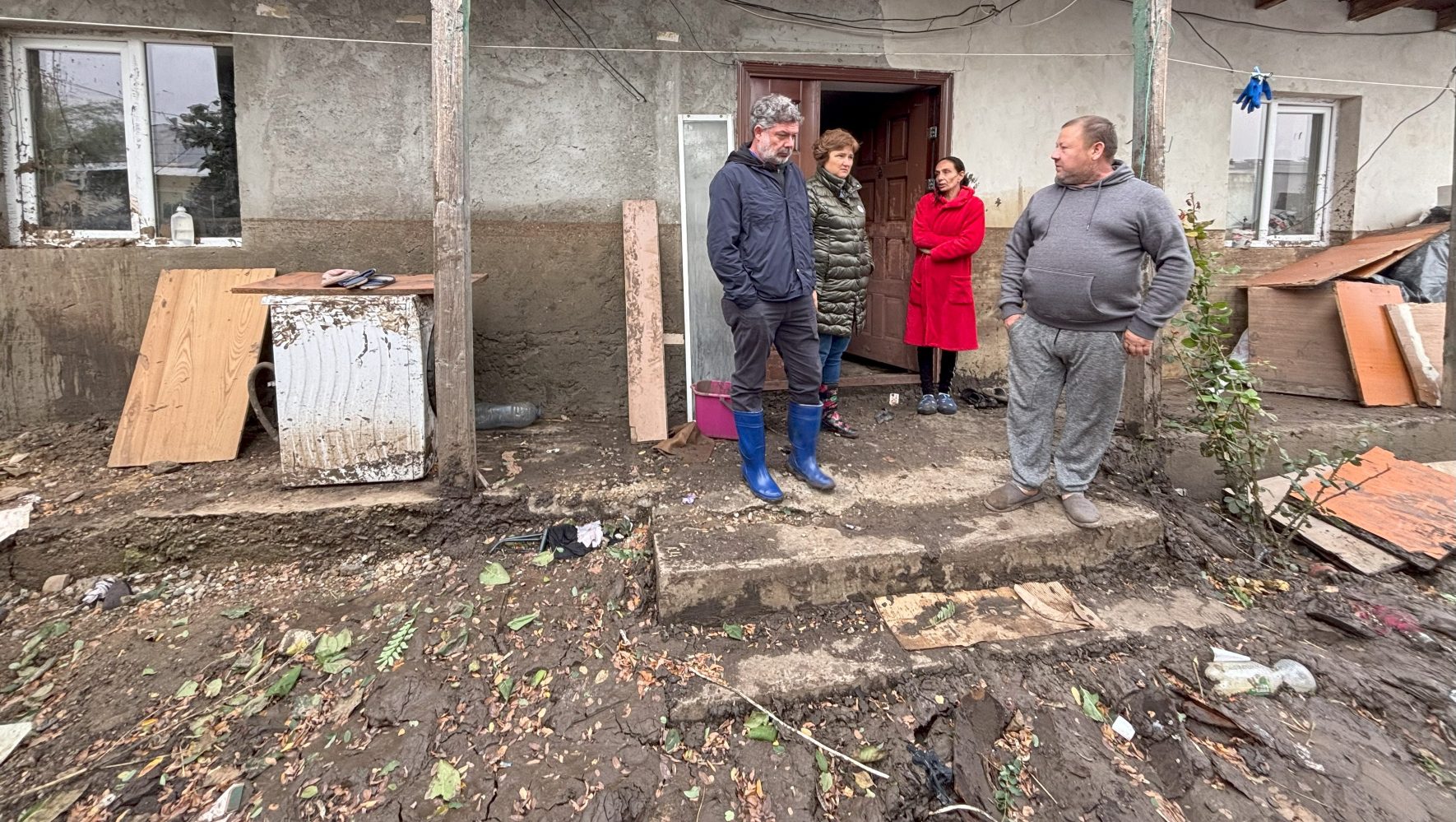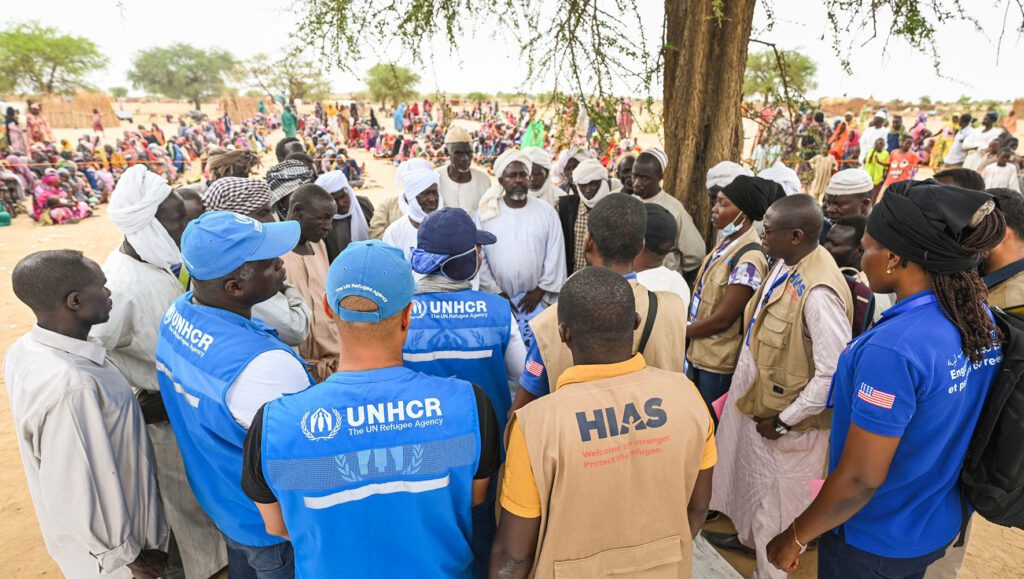
In the last two weeks, successive hurricanes have slammed the southeastern United States, leading to hundreds of deaths, mass displacement, and billions of dollars of damage. After coming ashore on September 26, Hurricane Helene inundated a large swath of the region with heavy rainfall and high winds, flattening cities as far west as the Asheville, North Carolina — some 300 miles from the Atlantic coast. Scarcely a fortnight later, Hurricane Milton devastated the barrier islands along Florida’s Gulf Coast, damaging major infrastructure in the heavily populated Tampa Bay area and flooding cities and towns across the state.
Hurricanes are hardly unusual in this part of the world, though two of this magnitude within such a short time span qualify as an extraordinary event. These days, however, the extraordinary has become all too common — and no part of the world is spared. In July, dangerous floods in Chad killed over 300 people and displaced hundreds of thousands across the country — including HIAS Chad staff — both in and out of refugee camps. In Romania last month, Storm Boris severely damaged a children’s center managed by Inima de Copil, a partner of HIAS Romania, in the village of Pechea. Also in September, so-called “unprecedented” flash floods in Nepal killed hundreds of people.
Scientists and policy experts are increasingly convinced that global climate change is a common denominator of these disasters. A warming planet is poised to increase both the frequency and destructive potential of storms, floods, and hurricanes, posing a severe humanitarian challenge to marginalized populations — including refugees. Experts believe that by 2050, climate change alone might displace over 200 million people. Even today, UNHCR estimates that an average of 21.5 million new displacements occur due to weather related events.
Experts estimate that by 2050, climate change alone might displace over 200 million people.
The relationship between climate change and displacement involves far more than just disaster response. Climate change has a multiplier effect on other sources of instability, such as poverty, food and water shortages, and decreased access to natural resources. It can exacerbate political strife, violence, and crime. Those living in the world’s least developed countries are most vulnerable to this development, but as Hurricanes Helene and Milton prove, even wealthy countries are not immune to these changes.
“Individuals, including refugees, who are living month to month are often renters who lack the resources or insurance to replace necessities during a prolonged crisis,” said Dr. Sandra E. Braham, president and CEO of Gulf Coast JFCS, a HIAS resettlement partner based directly in the path of Hurricane Milton that has already begun providing emergency financial assistance and case management to community members impacted by the storms. “These same individuals tend to work hourly and are most at risk of losing their job while trying to put the pieces of their lives back together.”
HIAS has helped document for the U.S. government ways in which climate factors should be considered during asylum adjudications and has pushed the Biden administration to take concrete steps around climate forced migration. Nevertheless, humanitarian organizations such as HIAS are still in the early stages of tackling climate displacement and mapping out a path forward. What is certain, given the events of this year, is that the issue will not be going away.


